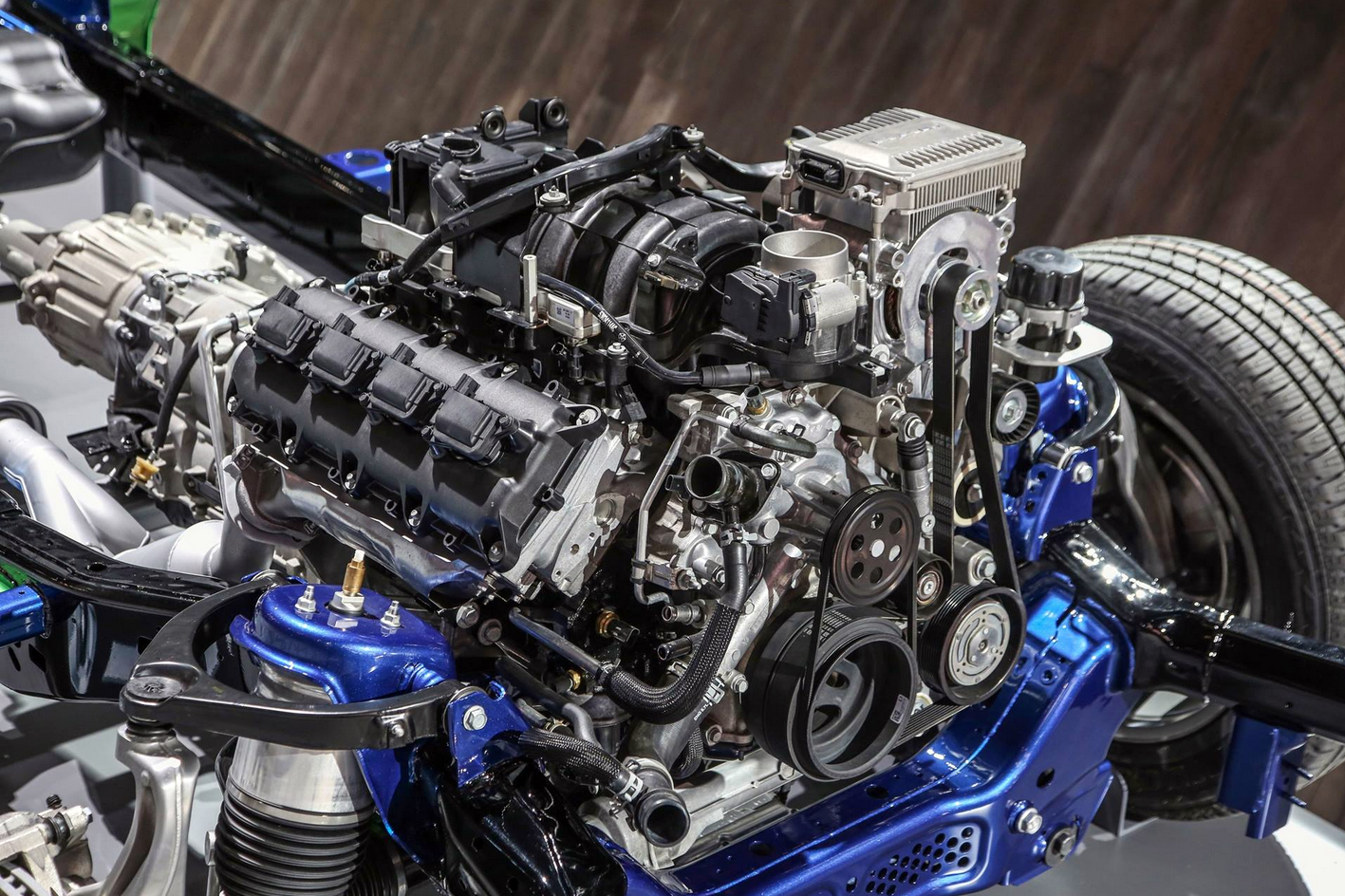Korishan
Administrator
- Joined
- Jan 7, 2017
- Messages
- 7,538
With these rising fuel prices, I've been looking at ways to lower my fuel consumption. One of the major recent purchases was replacing my truck. Fuel savings are between 20-30% more efficient, which is amazing for having a larger engine. The 5.7L Hemi is a beast of an engine and the 8 speed trans helps out a lot.
But, I need more efficiency. So I was looking into making modifications to the truck and trailer to add electric assist. The trailer is a tandem axle, so figured to replace one of the axles with an electric version. I doubt hub motors would work in the limited space plus these axles have a center spindle that is welded to the axle. So no replacing the spindle.
For the truck the plan was to make the front wheels be the electric assisting wheels. Essentially turning it into a 4x4. It's a 2018 Ram 1500 Tradesman 2x4. So there is no transfer case, nor is there a front axle. However, they do make these trucks in 4x4 variants. So the option to add a front differential powered by an electric motor is an option. The other option is to install hub motors on the front wheels. But this would mean that the hub would need to be able to mount with the existing rims (i really don't want to replace rims if at all possible)
So I'm asking for recommendations of components here. Possibly other forums that are really good on this particular topic. Videos would be great too. Perhaps even suggestions and/or personal experience doing these mods.
Kori
But, I need more efficiency. So I was looking into making modifications to the truck and trailer to add electric assist. The trailer is a tandem axle, so figured to replace one of the axles with an electric version. I doubt hub motors would work in the limited space plus these axles have a center spindle that is welded to the axle. So no replacing the spindle.
For the truck the plan was to make the front wheels be the electric assisting wheels. Essentially turning it into a 4x4. It's a 2018 Ram 1500 Tradesman 2x4. So there is no transfer case, nor is there a front axle. However, they do make these trucks in 4x4 variants. So the option to add a front differential powered by an electric motor is an option. The other option is to install hub motors on the front wheels. But this would mean that the hub would need to be able to mount with the existing rims (i really don't want to replace rims if at all possible)
So I'm asking for recommendations of components here. Possibly other forums that are really good on this particular topic. Videos would be great too. Perhaps even suggestions and/or personal experience doing these mods.
Kori





